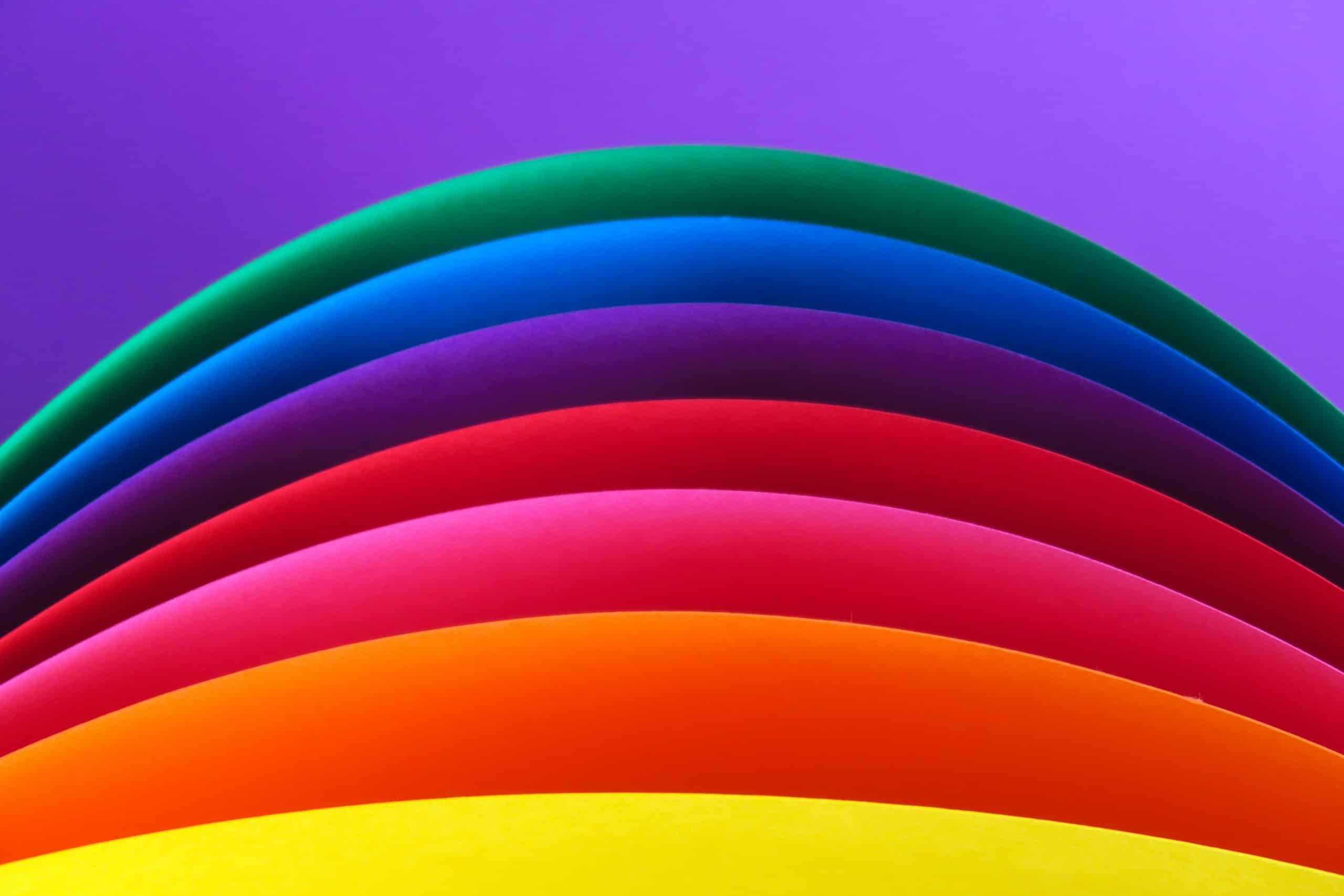A new exhibition features the photographs of Allen Ginsberg, who is better known for being a leading voice of the ‘Beat Generation.’ This was a literary and artistic movement that began in New York in the 1940s, and was the inspiration for the influential Beatnik subculture of the 1950s and 60s.
Ginsberg is known for his angry, raw and genre defining poem Howl (1956), which was considered to be shocking and dangerously revolutionary in its time. However, generations of new readers have continued to identify with its ‘rage against the machine’ sentiment.
Ginsburg was friends with the other pivotal figureheads of the Beats movement, Jack Kerouac and William Burroughs. They came to be closely associated with the countercultural movements of the 1960s through their work, lifestyle, and political beliefs.
Throughout his career, Ginsberg took pictures of his friends, but he became really serious about photography in the 1980s, according to Art Net. He invested in better equipment and became more experimental and varied with style and subject matter. Later work includes portraits of the playwright Arthur Miller and the singer and songwriter Patti Smith.
Peter Hale of the Allen Ginsberg Foundation told Artnet News: “His photos just have that intimacy with deep reverence and admiration for his friends, which is a major component of his poetry: admiration of and reverence for humanity, a celebration.”
These pictures now form part of a new exhibition titled: Muse & Self: Photographs by Allen Ginsberg, which runs from 10 August to 23 September at the Fahey/Klein Gallery in Los Angeles. The photographs will be complemented by a set of poems generated by artificial intelligence (AI).
The AI was trained to produce poems that captured Ginsberg’s sensibilities and offer a response to the photographs. The poetry collective theVERSEverse also played a part in the creation of the poems. Ginsberg was always interested in the relationship between the poems and the photographs he created.
A spokesperson for the Fahey/Klein gallery commented: “Just as Ginsberg innovated with automated writing techniques and popular technologies, this collection of A.I. generated poems taps the contemporary linguistic avant-garde to engage ritualistically, intuitively and meaningfully with Ginsberg’s visual and poetic vernaculars.”
The VERSEverse told Artnet News: “It’s been exhilarating to see the resonances and associations that pop up between seemingly disparate words, images and moments, to see from a sort of aerial view how all the relationships and personal encounters and sacred moments captured in Ginsberg’s photographs may have filtered into or out of his writings.”
They added: “We’re essentially turning Ginsberg’s historical photographs into poem machines that allow us not just to read his work but also to engage, interrogate, interact, and continuously create with it. We’re activating these photos and equipping them to talk back, invite us in deeper, and maybe even reveal things we don’t already know or see.”
Some of the photographs feature handwritten captions by Ginsberg which offer context and further detail about the subject matter.
Do you want to feel inspired to display some of your own best shots? Visit our framing shop in east London to see how we can help.
